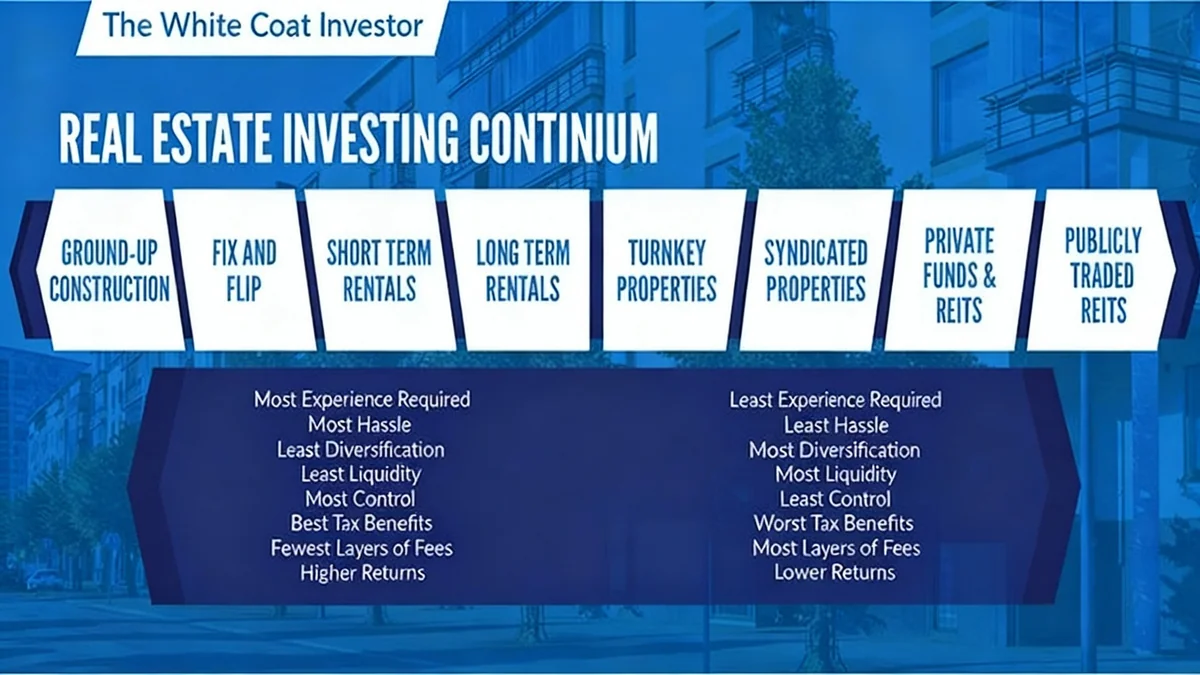Southern California's real estate industry has experienced a significant downturn, shedding nearly 47,000 jobs over the past three years. According to the latest state employment data, the sector lost 24,100 positions in the last year alone, reflecting the impact of higher financing costs on the regional economy.
The data, which covers Los Angeles, Orange, Riverside, and San Bernardino counties, shows a total of 714,900 people were employed in property-related fields as of August 2025. This represents a 6% decline from the post-recession peak of 761,700 jobs recorded in July 2022, a period just before rising interest rates began to cool the market.
Key Takeaways
- Total Job Loss: The region's real estate sector has lost 46,800 jobs since its peak in July 2022.
- Annual Decline: From August 2024 to August 2025, employment in the sector fell by 24,100, a 3% decrease.
- Construction Hit Hardest: The construction segment saw the largest drop, losing 16,400 jobs over the past year.
- Widespread Impact: Job reductions were observed across all major Southern California counties, with the Inland Empire seeing the steepest percentage decline.
Economic Pressures Reshape the Market
The reduction in real estate employment is closely tied to shifts in national economic policy. The job market's peak in mid-2022 coincided with the Federal Reserve's decision to end its pandemic-era stimulus measures. These measures had previously supported the housing market through low interest rates and purchases of mortgage-backed securities.
As the central bank shifted its focus to combating inflation, borrowing costs rose sharply. This change directly affected the real estate industry, slowing down everything from new construction projects and home sales to mortgage lending and the sale of building materials. The property sector, which accounts for 9% of all jobs in Southern California, felt the immediate effects of this economic tightening.
The Federal Reserve's Role
In early 2022, the Federal Reserve began raising interest rates to control surging inflation. This policy made mortgages and construction loans more expensive, reducing demand and slowing activity in the housing market. In a recent reversal aimed at stimulating a struggling economy, the Fed initiated its first interest rate cut of 2025 on September 17, with indications that further reductions may follow. This move could potentially revive hiring in the real estate sector.
While the region's overall job market is still growing, the pace has slowed. Southern California added 51,400 jobs across all industries in the year ending in August. However, this is a noticeable deceleration from the 71,600 jobs added in the preceding 12-month period, highlighting the real estate sector's drag on the broader economy.
Detailed Look at Industry Segments
An analysis of different segments within the real estate industry reveals how the downturn has affected various specializations. The job losses were not confined to a single area but were spread across multiple related fields.
Construction Leads the Decline
The construction industry saw the most significant reduction in its workforce. As of August, there were 359,800 construction workers in the region, a decrease of 16,400 employees, or 4%, from the previous year. This figure is 20,200 jobs below the sector's post-Great Recession high of 380,000, which was reached in October 2023.
Other Real Estate Fields Also Contract
Multiple other property-related sectors also experienced job cuts over the past year. The data shows a consistent trend of workforce reduction across the board:
- Lending: The financial side of real estate employed 83,500 people, down 1,900 workers, or 2%, in a year. This sector is now 33% smaller than its peak of 124,900 jobs in December 2012.
- Real Estate Services: This category, which includes agents and property managers, employed 114,500 workers. It lost 2,900 jobs over the year, a 2% drop.
- Building Supplies: Retailers and suppliers of building materials reduced their staff by 1,100, a 2% decline, bringing total employment to 49,600.
- Building Services: Companies providing services like maintenance and security for buildings employed 107,500 people, a drop of 1,800 workers, or nearly 2%, from the prior year.
Long-Term Perspective on Lending Jobs
The lending sector has seen the most dramatic long-term contraction. With 83,500 workers, it has lost 41,400 jobs since its peak in 2012. This represents a 33% reduction in workforce size over 13 years, reflecting significant changes in the mortgage and finance industries.
Geographic Impact Across Southern California
The job losses in the real estate sector were felt throughout Southern California's major metropolitan areas. Every county in the four-county region reported a decline in property-related employment, though the severity of the impact varied.
Los Angeles County
Los Angeles County, the region's largest labor market, saw its real estate-linked workforce shrink by 10,100 jobs over the past year. This 3% drop brought the total number of workers in the sector to 330,800. The county is now down 24,600 jobs, or 7%, from its post-recession peak recorded in February 2020.
Orange County
In Orange County, the real estate industry now employs 210,600 people after shedding 5,600 jobs in the last 12 months, also a 3% decline. This brings the county's total job losses in the sector to 19,800 since its peak in August 2018, representing a 9% contraction from that high point.
Inland Empire
The Inland Empire, which includes Riverside and San Bernardino counties, experienced the sharpest year-over-year percentage drop. The region lost 8,400 real estate jobs, a 5% decrease, bringing its total to 173,500 workers. This figure is 11,400 jobs below the area's all-time high of 184,900, set in July 2022.
The widespread nature of these job cuts underscores the significant role that interest rates and financing costs play in the health of Southern California's property market and its large associated workforce. The industry now looks toward recent and potential future interest rate cuts as a possible catalyst for recovery and renewed hiring.





